In recent years, the evolution of pump technology has played a pivotal role in supporting agricultural systems. Among the key innovations, the development of new designs in the agricultural centrifugal pump has enhanced the way water is delivered to crops, livestock areas, and irrigation zones. These updated designs reflect an industry-wide shift toward efficiency, durability, and adaptability in varied environments. Farmers and system designers are turning to more refined pumping units that meet the growing demands of sustainable agriculture.
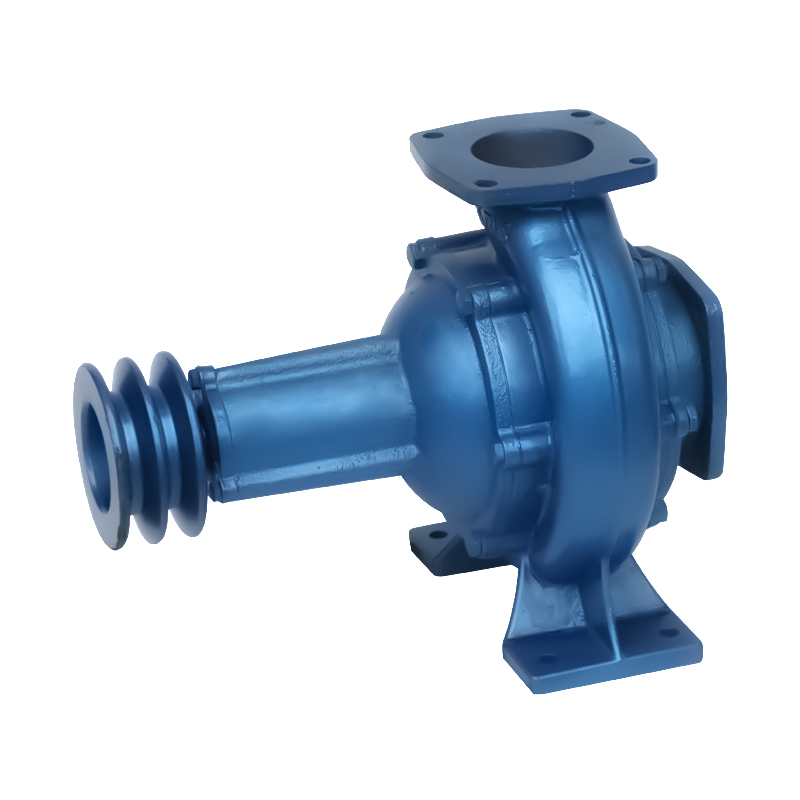
The agricultural centrifugal pump is a vital tool in rural infrastructure, especially where irrigation is a necessity. Unlike older models that relied heavily on heavy maintenance and frequent replacement of parts, the current generation of pumps integrates simpler mechanics with improved hydraulic performance. These modifications help reduce downtime and ensure water reaches its destination consistently. A major reason for this improvement lies in the integration of better materials and design geometry, which are shaping how pumps behave under different pressures and flow conditions.
One noticeable advancement is the adoption of stainless centrifugal pump models in farming applications. Stainless steel as a base material offers significant resistance to corrosion, which is essential in areas where water contains chemicals or has high mineral content. A stainless centrifugal pump also performs well in remote setups where water quality may fluctuate due to runoff or sediment buildup. With less internal wear and greater surface integrity, these pumps maintain steady operation for longer periods.
In remote agricultural regions, the choice of pump design can directly influence the efficiency of irrigation cycles. The agricultural centrifugal pump with newer impeller shapes and optimized casing contours helps reduce energy consumption and improves discharge volume. These models are also more compatible with a variety of power sources, from electric motors to diesel engines, which is beneficial where access to consistent electricity is limited.
Additionally, a shift toward modular construction in stainless centrifugal pump units has made field maintenance more manageable. Operators can now disassemble and clean key components without removing the entire system. This ease of serviceability translates into less labor time and fewer interruptions to water distribution schedules. Moreover, stainless variants are often favored for animal farming zones due to their hygiene-friendly surfaces and lower likelihood of rust buildup.
When planning large-scale irrigation systems, many agricultural planners now include the agricultural centrifugal pump as a core component due to its reliability and compatibility with both surface and sub-surface applications. In greenhouse operations or precision agriculture, flow consistency is critical. Here, the refined performance curve of updated pump units ensures uniform water delivery, which can support better crop yields and reduce resource waste.
At the same time, the adaptability of the stainless centrifugal pump across temperature and pressure ranges allows it to be deployed in a broader set of scenarios. For instance, in fertilizer mixing tanks or systems dealing with recycled water, these pumps continue to operate effectively while preserving fluid integrity. This makes them a versatile choice not just for irrigation, but also for auxiliary farm systems that require clean and controlled water movement.
As the agricultural sector continues to embrace smarter infrastructure, both the agricultural centrifugal pump and stainless centrifugal pump are taking center stage. Their updated designs, supported by careful engineering and practical field insights, are helping address key challenges related to water management. By offering better performance under demanding conditions, these pumps are contributing to the evolution of agricultural practices, paving the way for greater efficiency without introducing complexity.

 English
English русский
русский Español
Español
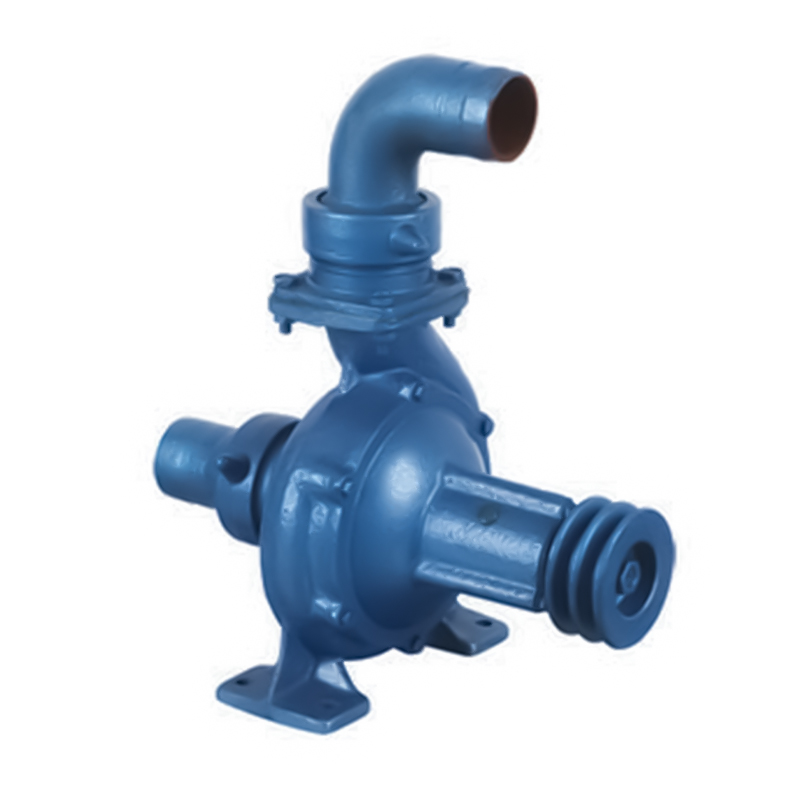

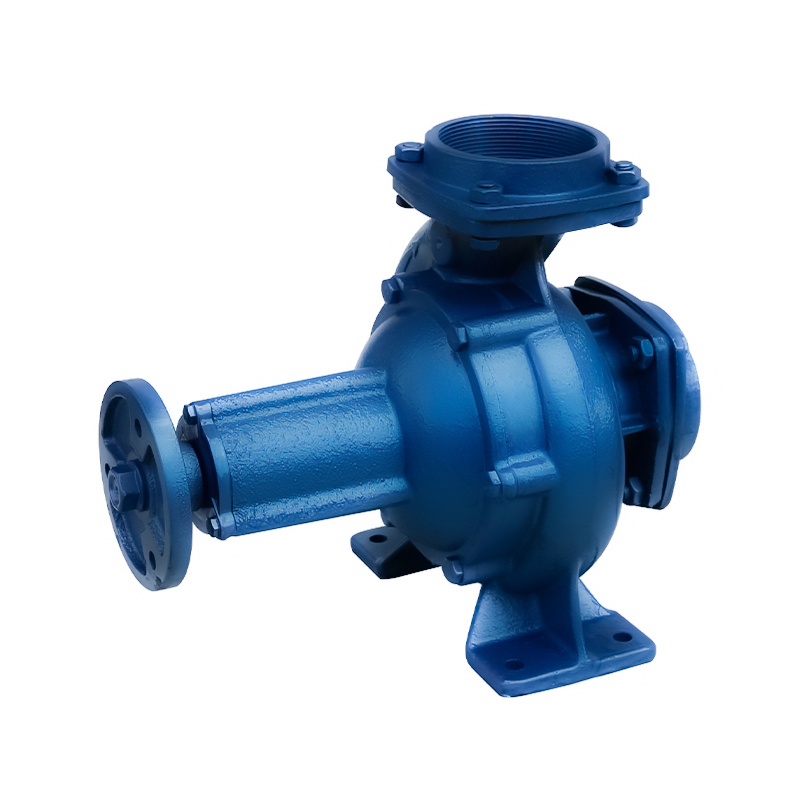
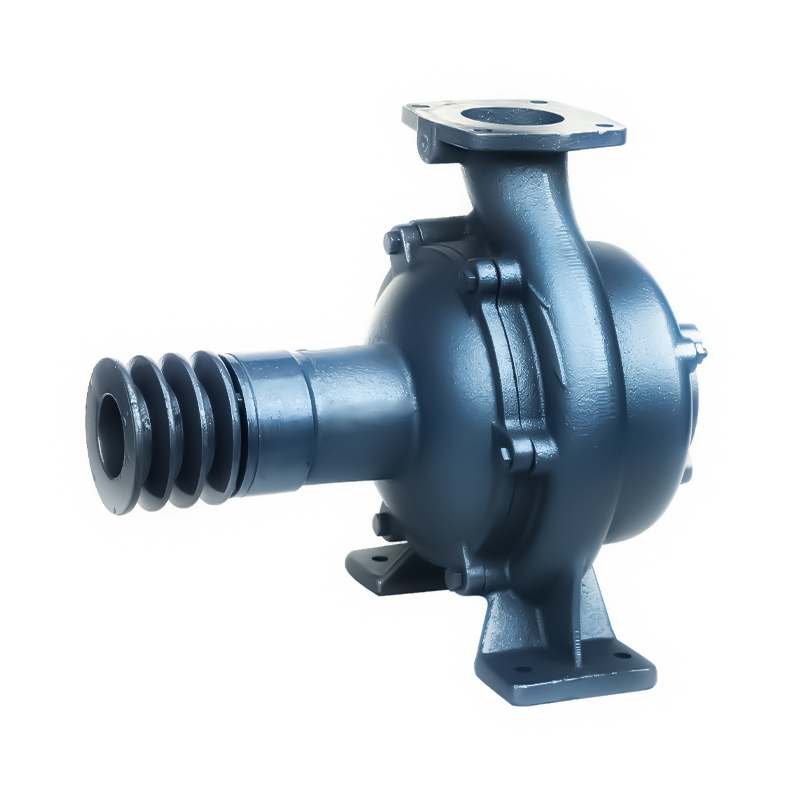
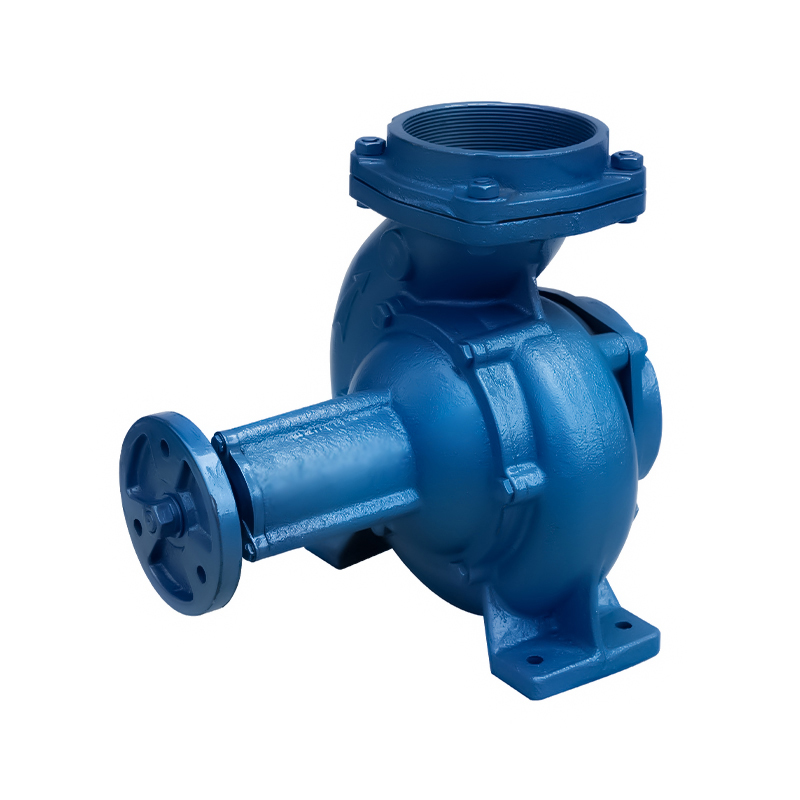
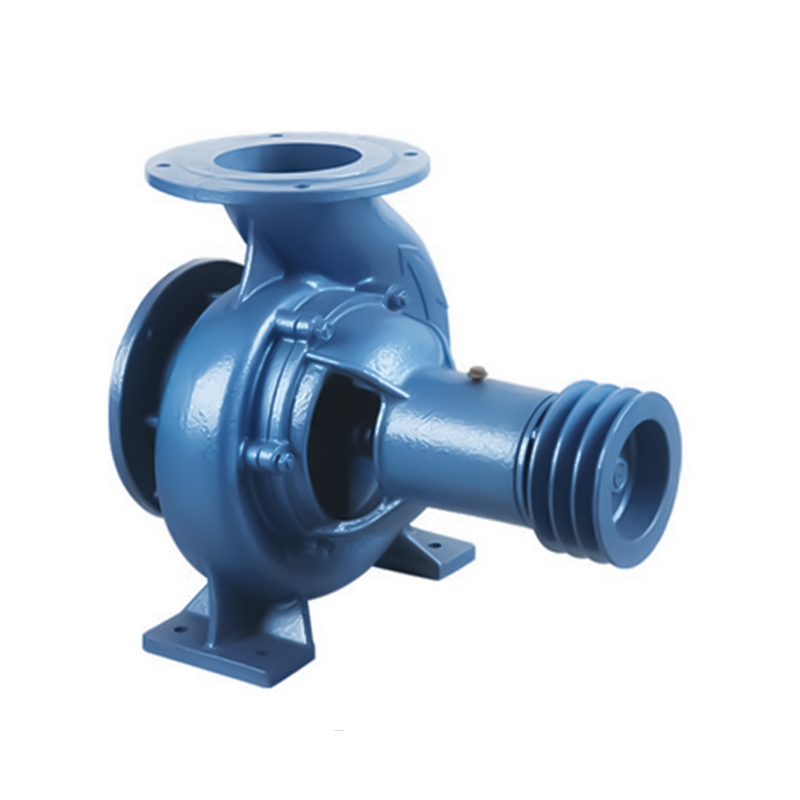
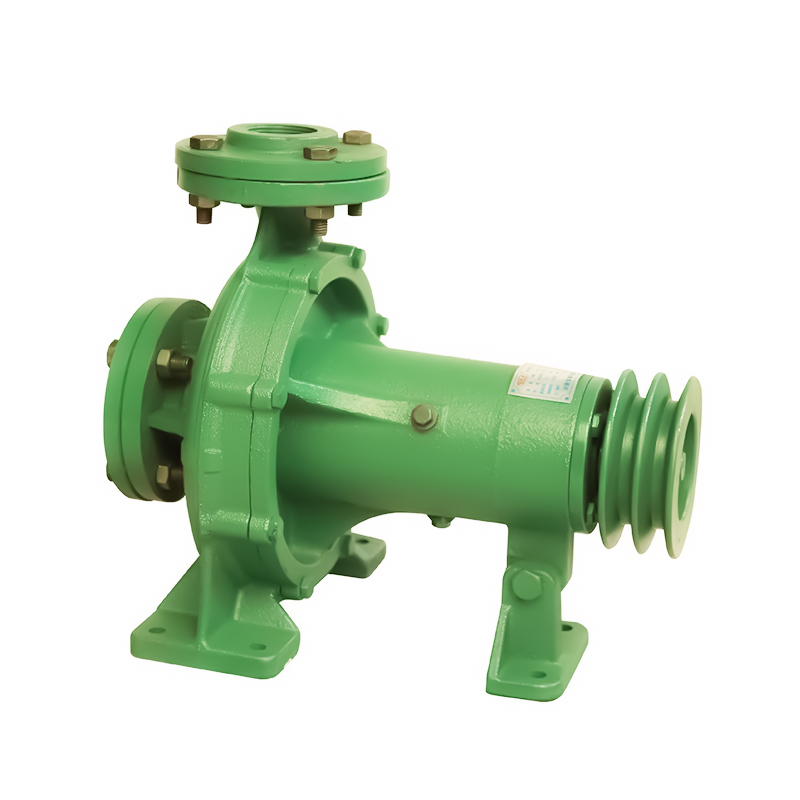

 Email:
Email:
 Phone:+86-13605899207
Phone:+86-13605899207

